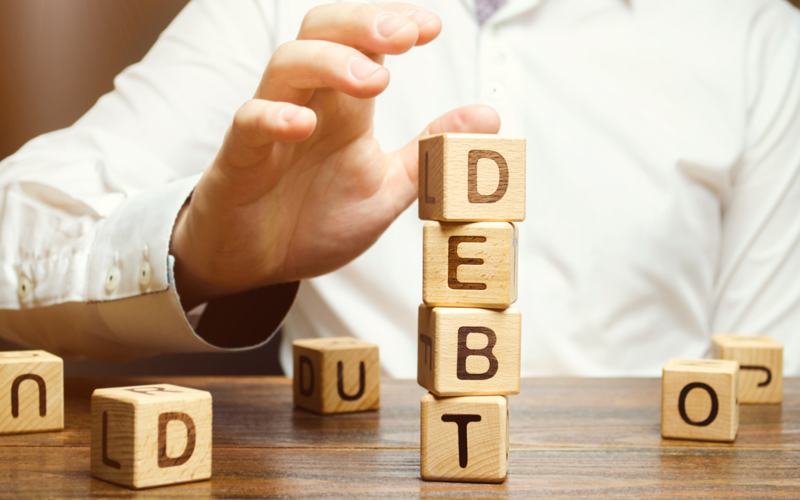If you feel like your debts are getting away from you, it’s time to get busy with debt consolidation.
Credit card debt can be a tough burden to carry, especially when sky high interest rates continue to compound and grow the interest cost each month. Throw in a mortgage, a car loan and another credit card and things can quickly appear unmanageable.
If this is you, it could be time to consolidate your debt. This means bringing all your debts together onto the lowest possible rate. You can then set up a payment plan to wipe the slate clean.
But you need to do some research to consider which type of debt consolidation is right for you. Just like you should have spent some time researching that credit card or home loan before signing on the dotted line… ahem.
As with most financial products, debt consolidation isn’t a one-size-fits-all approach. So to help navigate the area, here are the three options to consider, and a checklist to find out which is right for you.
Option 1: Combine debts on a personal loan
The key benefit of a personal loan is that it has a set term. That means repayments are calculated so that at the end of the loan period the debt is cleared.
While you might still have to pay an interest cost, it’s a sure bet that it will be lower than the interest you’re paying on your credit card. The set term could also mean a bigger saving because it makes you clear the balance once and for all.
Option 2: Transfer balances onto a low rate credit card
This is a popular option for debt consolidation because the balance transferred often enjoys an interest free term. This can be as long as 14 months. The key to making it work is setting up your own repayment plan with a deadline before the interest free period ends. This ensures the debt is cleared before you start getting charged interest.
Ideally a zero per cent balance transfer card will also offer a low interest rate on new purchases too. However your focus should be on reigning in spending and paying off your existing debt, so this is a secondary consideration.
Just be aware that once your interest free period ends, the balance will revert to the normal interest rate. You can possibly get around this by rolling the balance over again, but this can incur costs and have credit history implications.
Option 3: Consolidate all debts into your mortgage
If you have a home loan and have accrued a bit of equity in your property, this approach can be a great way to save on interest. But, just like with credit card balance transfers, you need to have the discipline to increase mortgage repayments to clear the extra debt as quickly as possible.
Be aware that this approach turns your unsecured debt into secured debt. Which means that if you don’t meet your loan repayments then the bank could sell your home to recover their loan.
How to choose a debt consolidation that’s right for you
Picking the right option involves drawing up a realistic budget. Make sure you factor in your debt repayments. A solid budget will give you an accurate picture of the time it will take to pay off your debt.
Remember to be honest about your self-discipline to make repayments. If you choose an overly optimistic repayment term, you may end up taking longer and incurring additional interest charges.
Similarly, a loan term that’s too long, even at a very low rate, can accrue significant interest charges over time.
Once you’ve got your repayment plan and timeframe sorted, it’s all about getting the best deal possible. This means comparing the interest rate, fees and charges and checking that the loan term is right for your repayment plan and discipline.
Finally, always avoid lenders who make big promises about getting you out of debt quickly. Remember to check that your credit provider is licensed by ASIC.




























Trending